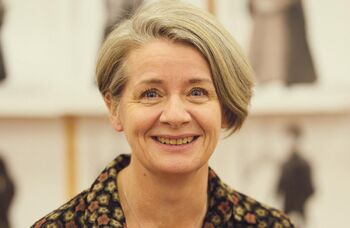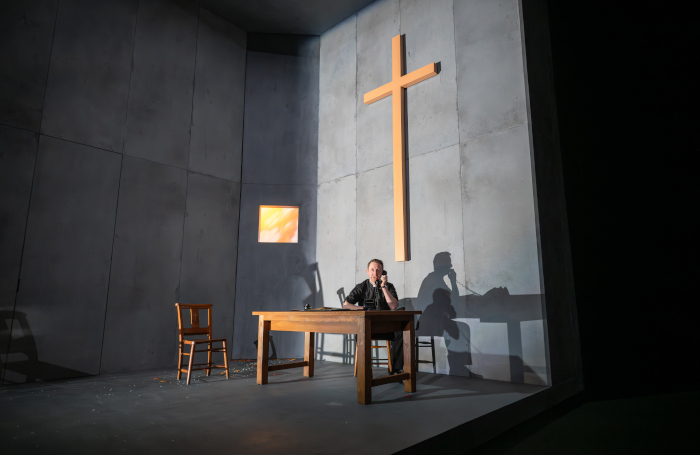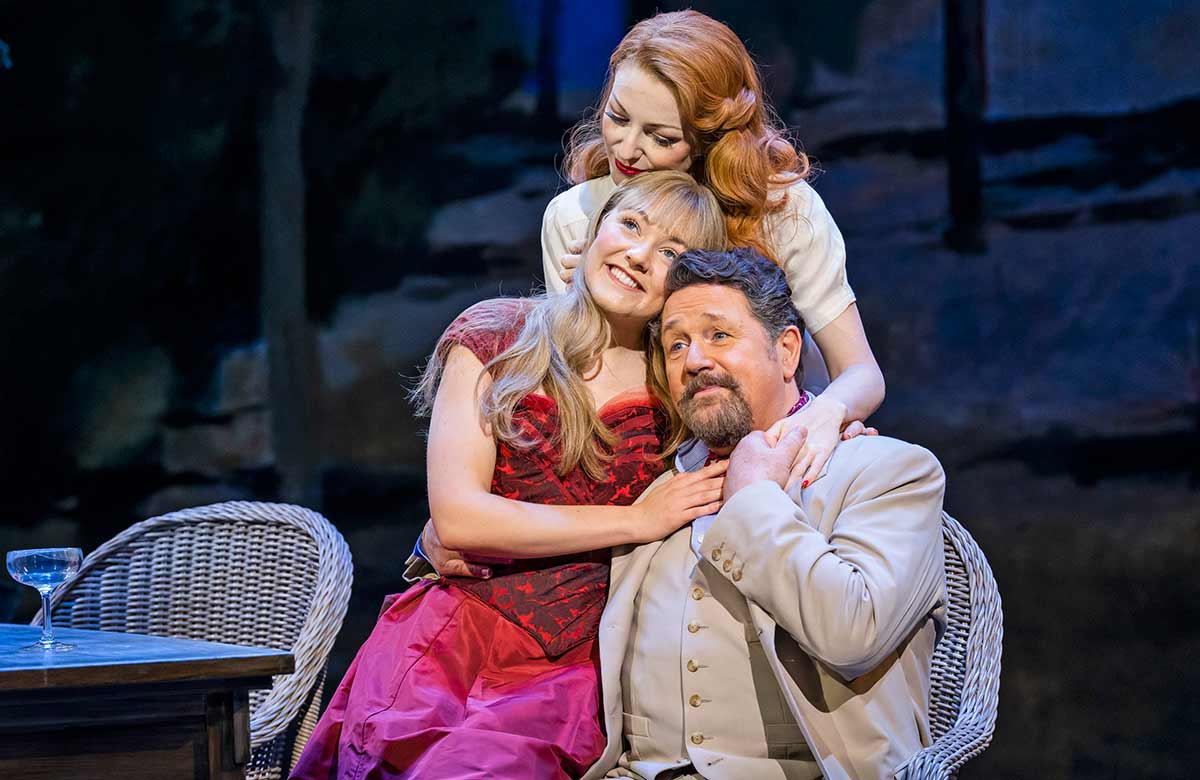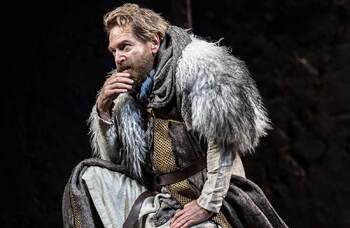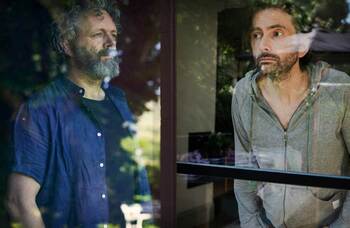Henry VI: Rebellion/Wars of the Roses review
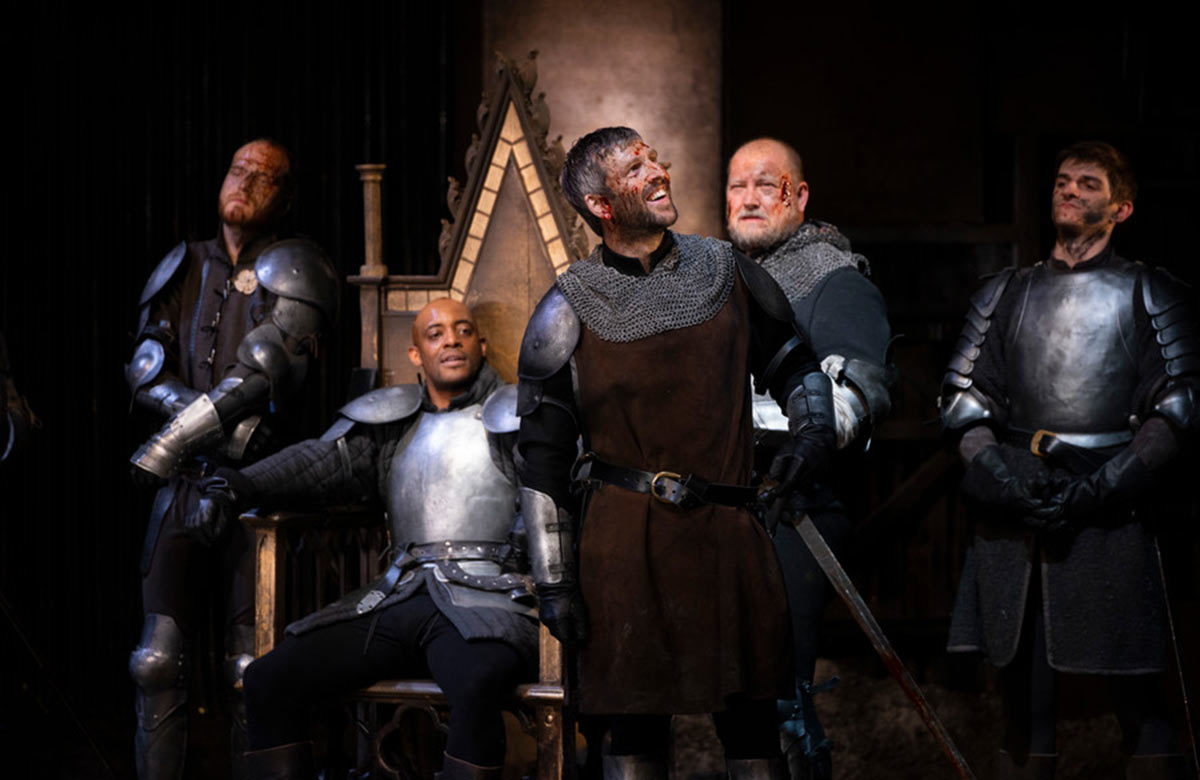


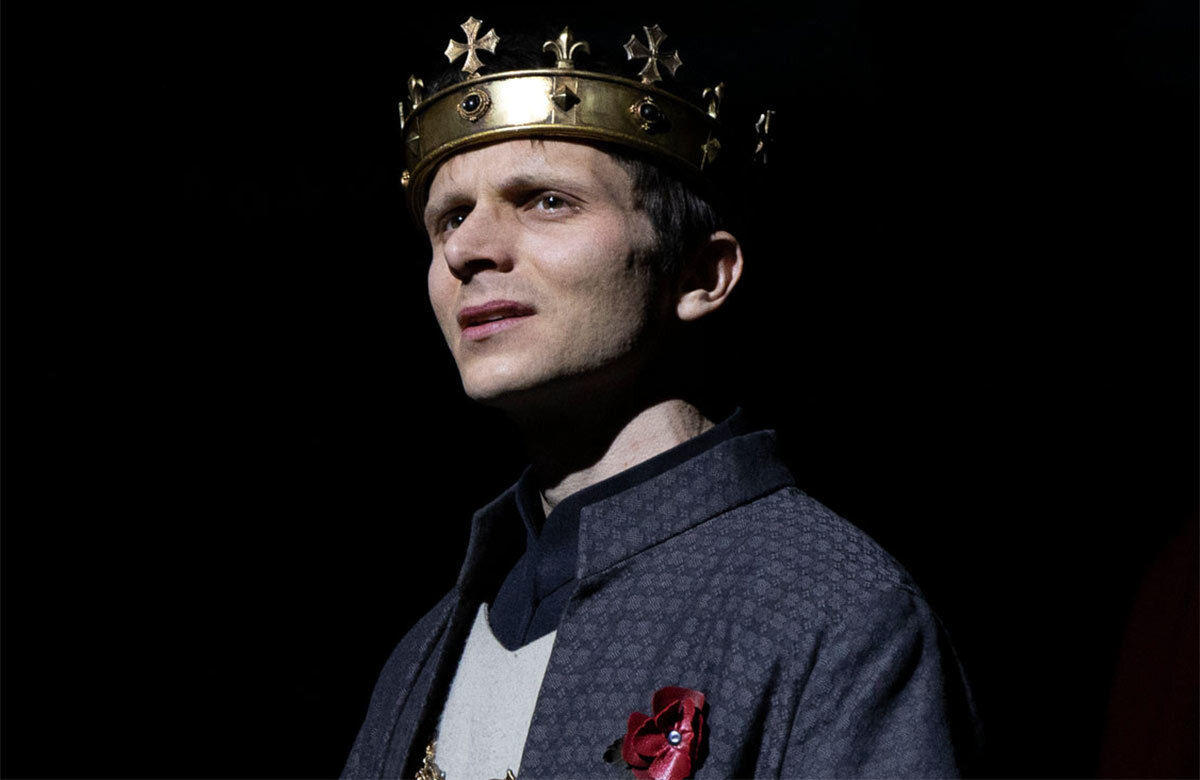
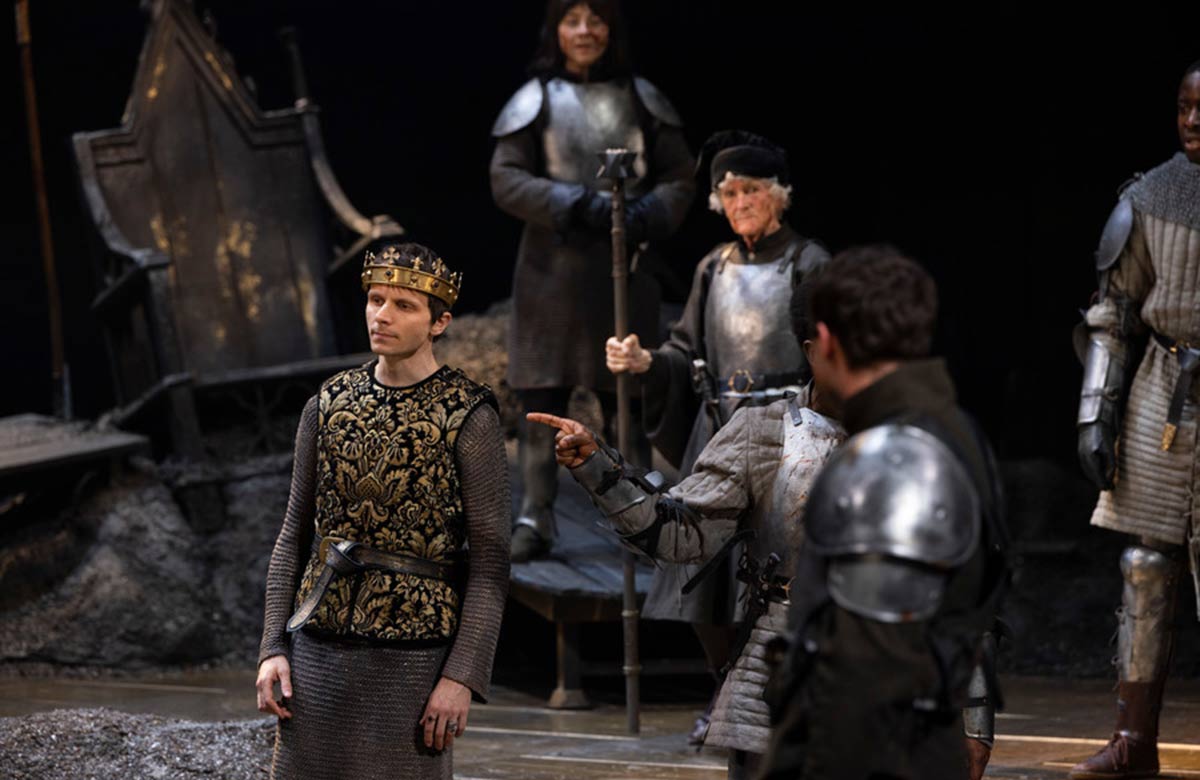






Uneven but ambitious productions tackling Shakespeare’s sprawling, bloody history plays
Set during one of medieval England’s most turbulent periods, Shakespeare’s earliest history plays focused on the unhappy reign of Henry VI, during which social unrest and dynastic jockeying resulted in decades of civil war and the extinction of several noble houses. Running concurrently, Henry VI: Rebellion and its sequel Wars of the Roses chart the flurry of deaths, battles and betrayals that came to characterise this era, from Henry’s marriage to the forceful Margaret of Anjou, through to his assassination by the inexorably rising Richard of Gloucester.
The two productions share a creative team and most of their performers, offering a coherent, accessible vision of a sweeping story that can often be off-putting for casual audiences, with its intimidating runtime, uneven pacing and exhaustive list of named characters. A helpful family tree is published in both shows’ programmes, neatly summarising the lineage of the various murderous, intermarrying cousins at the centre of the bloody struggle.
The cast is necessarily huge, built around a core of professional performers who take on the 30 or so key roles across the two plays, but also features spirited contributions from community participation and professional development programmes including Shakespeare Nation. This ambitious project engages with amateur performers in cities around England, many of whom will be encountering Shakespeare’s work for the first time.
Director Owen Horsley gives both plays a dynamic staging, with a consistent, hyperbolic style tying together the disparate parts. Henry VI: Rebellion is the weaker of the two (★★), an ominous, slow burn of a show with most of the action pivoting on the political manoeuvring within a court corrupted by factionalism and individual ambition. The energy, especially in the early acts, can feel flat, while the overly boisterous crowd scenes that come later – coupled with a decision to have dialogue frequently delivered by performers with their backs to the audience – result in portions of the text being lost.
Wars of the Roses (★★★★), by contrast, is a significantly more focused and intense experience, packed with brutal killings and devastating reversals of fortune.
Horsley gradually and methodically ratchets up the tension as armies clash and characters are captured, exiled or
cut down. But importantly, he also creates some breathing space for relatable emotional beats to develop, enriching the story by allowing humour, grief and small, humanising moments of tenderness to break through the relentless violence.
Heading the cast of both plays, Mark Quartley plays King Henry VI as kindly, awkward and, at times, almost childlike, trying his best to live up to a kingly image of solemn dignity but nevertheless given to little outbursts of exuberance or sudden fainting episodes. At one point, gutted by grief over the murder of his beloved uncle, he writhes around on the floor, clinging on to his cursed crown like a teddy bear.
Minnie Gale is strong as Queen Margaret, the formerly impoverished noblewoman married off to secure a temporary peace between England and France, but now installed as a charismatic, outspoken and quietly manipulative presence in Henry’s court. Gale switches fluidly between cheery, celebratory moods and darkly glowering glances but only shows her true feelings when she’s alone with Ben Hall’s smug, subversive plotter Suffolk. There’s a poignant intimacy to their brief moments together, hinting at a passionate love affair that is cut abruptly short by the intervention of some murderous pirates. Once the wars begin, Margaret develops into a ferocious military leader in her own right, both more inspiring and more intimidating than her gentle-hearted husband. Justified as she is in her fight to secure a future for her disinherited son, she lets her festering rage and bitterness show – Gale is fascinatingly, horribly convincing in a scene where she mentally tortures a defeated rival.
Arthur Hughes makes a gripping Richard, a charismatic and physically forceful presence who grows from ambitious youngest brother to bloodthirsty, melodramatic villain over the course of the play, both willing and able to argue with his royal relatives or hurl himself headlong into battle. Hughes will have an opportunity to develop the character further in a production of Richard III that runs later in this same RSC season.
Stephen Brimson Lewis’ sets feature overlapping wooden plinths that shift around between scenes as the power dynamics within the court change. As the plays progress, these platforms appear increasingly smashed and splintered, sinking gradually into a pit of gravel, an open grave that swallows one murdered noble after another. Symbolising the kingdom at large, an imposing throne remains ever-present, becoming – like the stage it dominates – increasingly dilapidated as the wars drag on, its carved ornamentation snapped off, gold leaf peeling away – a prize smashed in the attempt to claim it.
A transparent curtain of silvery chains hangs upstage, creating a sense of layered depth but also serving as a canvas for video projections. These moody, monochrome clips show striking images – waves tossing in a storm, birds of prey gulping down fresh meat – which, while somewhat abstract, effectively add to a mood of menace. At other times, creative use of a live video feed offers unexpected glimpses on the unfolding events. Suspicious lords conspire in dimly lit backstage corridors. Tilted camera angles offer disconcerting views of the action on stage. And, with increasing frequency, the camera smashes into invasive, extreme close-ups of the faces of dying men and children, bringing an effectively upsetting immediacy to this depiction of the horrors of protracted civil war.
More Reviews
Recommended for you
Most Read
Across The Stage this weekYour subscription helps ensure our journalism can continue
Invest in The Stage today with a subscription starting at just £7.99

